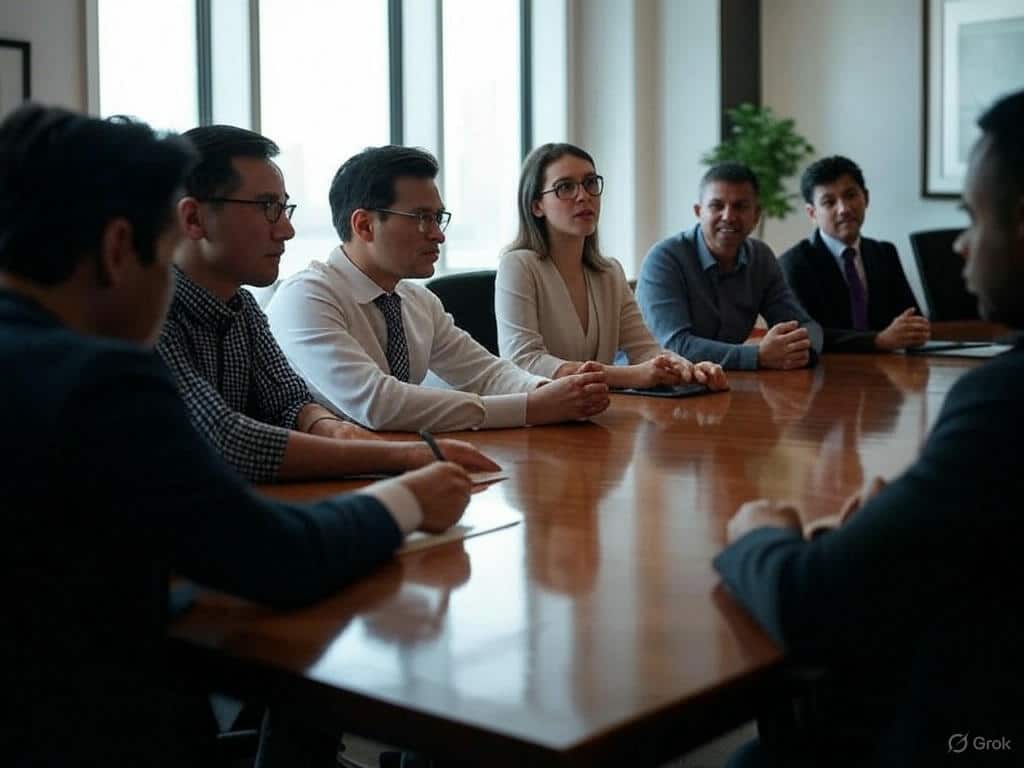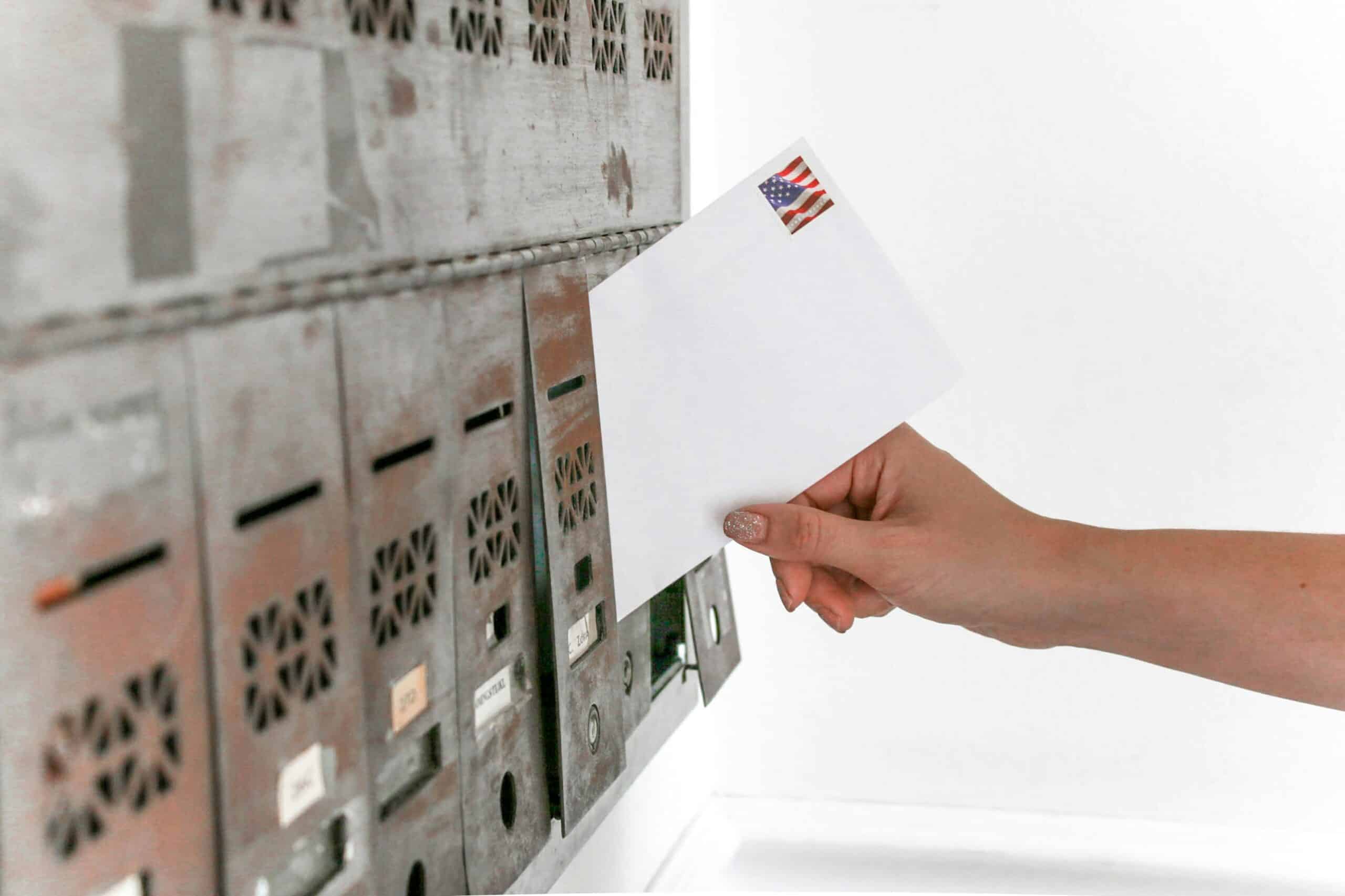
Why IRA Donors are Important Planned Giving Prospects
Every year, if you are over 70.5 years old, you can support a cause you care about AND save on your taxes. If you have an IRA, you can either take a required minimum distribution (RMD) or take a Qualified Charitable Distribution (QCD). The RMD would be taxable, while the QCD is not taxed.













